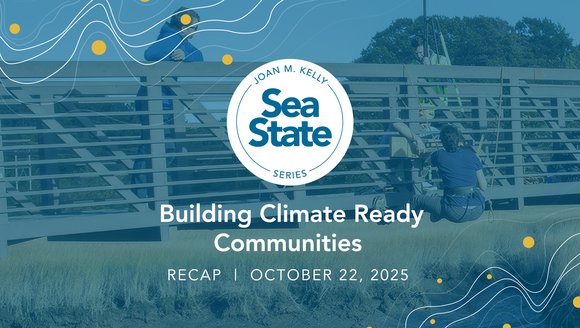Findings From the Field Vol. 1.
Announcements | Jan 7, 2019
Findings from the Field is science journal specifically targeted to engage Maine student researchers. Participating in Findings motivates students to engage in and communicate about the process of scientific inquiry, from defining investigable questions to designing investigations to collecting and analyzing data. Through their submissions, middle-grade students communicate about their ecological and environmental investigations to an authentic audience – strengthening their understanding of the nature of science and the ecosystems around them.
Have questions? Contact Science Curriculum Specialist Meggie Harvey at [email protected].
We surround Findings with rich curriculum resources for teachers that help them support their students in conducting and communicating about authentic ecosystem investigations. Our goal is that this kind of scientific learning will be a regular feature of classroom work for all students. Throughout this work, students are meeting learning standards across disciplines, from the Next Generation Science Standards to the Common Core standards in Math and English Language Arts.
With Findings, students engage in three strands of work that deepen understanding of the scientific endeavor:
1. Conducting an Authentic Investigation
Many students begin their investigations through our Vital Signs program, collecting data in and sharing data about Maine’s forests, fields, lakes, streams, wetlands, saltmarshes, and intertidal ecosystems. Students may choose to design their own authentic investigations or engage with ecological and environmental investigations supported by other programs.
2. Crafting Their Submissions
As they conduct their investigations, students use Findings’ lessons to outline, craft, review and refine their submissions. They follow a similar process to scientists writing for a professional journal, citing background research and identifying their contribution to the field, explaining their methods, describing their results, and articulating their findings along with the implications of those findings.
3. Peer Review
After submission, students from across participating schools engage in peer review. This has proven to be one of the most powerful elements of the project. Last year, 76% of students reported that they put added effort into their work because they knew it would be reviewed by others. Knowing that their work would be peer-reviewed inspired them to take extra care and gave them confidence that they could contribute.
One teacher reported, “This is one of the best exercises I have done this year to engage all my students. It was amazing to see how each student pulled apart the rubric/submission guidelines, and went through the peer’s article with a fine-toothed comb... this is clearly going to elevate their writing...”
Based on their peer review, students refer submissions to the Editorial Board (composed of 3-4 science teachers and GMRI staff). Based on Editorial Board review, final articles are selected for publication. The first issue of Findings was published last spring, and we are poised to engage additional schools across Maine.
Problem to be solved or need to be addressed:
Best practices in science teaching demand teachers involve their students in deep, authentic investigations. Authentic investigations weave a diverse range of science practices into explorations that grow science content knowledge and understanding of the themes that cut across science content areas. These investigations incorporate working with data and engaging in technical writing, practices that are often left out of science classrooms and sometimes siloed in other content areas. Few resources and opportunities exist to support and encourage teachers to engage their students in the full breadth of these experiences – experiences that serve as models of what professional scientists do and models of how scientific knowledge is generated and shared.
GMRI is uniquely situated to fill this gap. Our Vital Signs citizen science program has long been honing curriculum resources and teacher professional development opportunities to support teachers in engaging students in authentic investigations in the context of a citizen science effort. Alongside a dedicated team of teachers, our Vital Signs team established and developed resources for Findings from the Field. The addition of Findings to our suite of offerings provides a powerful incentive for teachers to utilize available curricula to expand Vital Signs experiences beyond ecosystem monitoring, engaging students in a deeper ecosystem investigation. With the addition of the new Findings resources, teachers have clear guidance for integrating science writing into an investigation experience.

Findings
Volume 1



